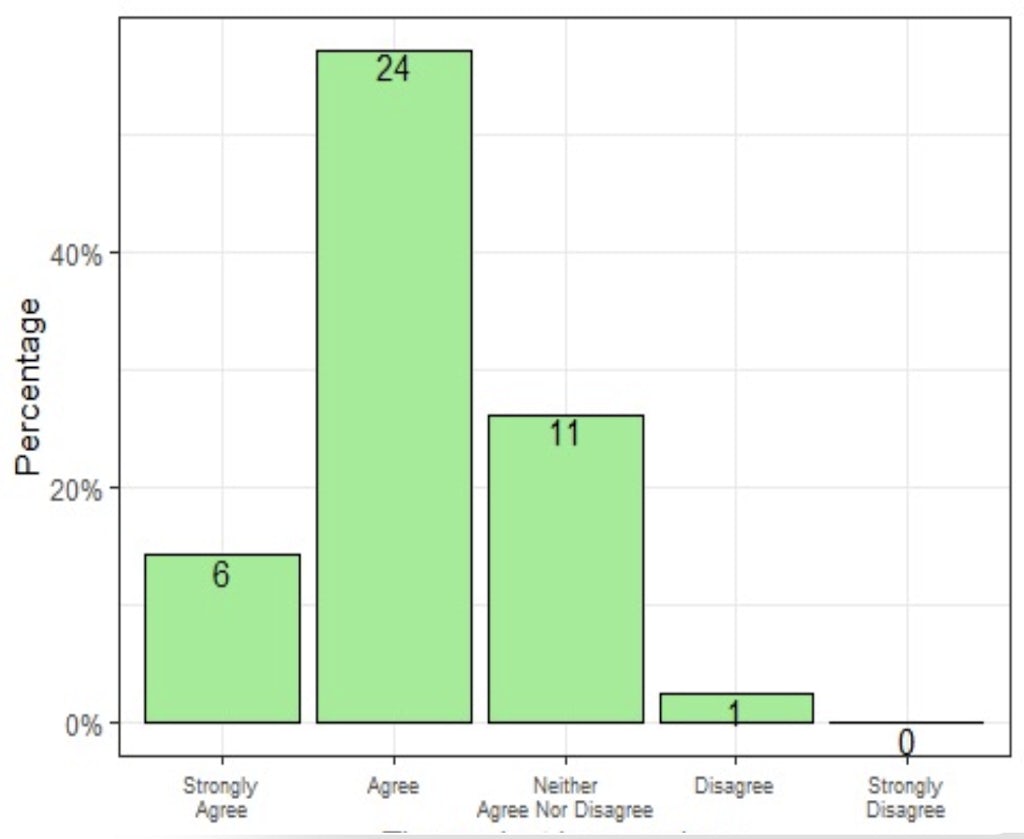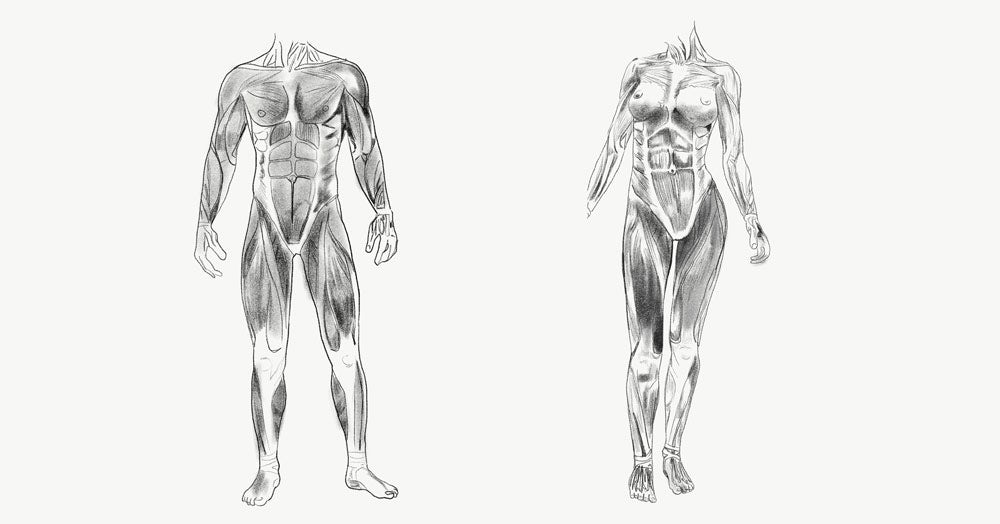Living with chronic pain sucks, plain and simple. And it’s far from rare. It’s estimated about 27.5 percent of the world’s adult population deals with pain at least once a month, and nearly 10% will suffer from chronic pain, or pain that lasts for longer than 3 months and beyond the normal recovery window.1 2
Chronic pain is often connected to disorders such as arthritis and fibromyalgia, but it can also develop after an injury or medical condition — even those that have been treated. It can be constant or intermittent and can range from mild to severe. It can come on suddenly, or develop gradually over time, and can be present practically anywhere in the body.
Chronic pain can be a debilitating condition that has a tremendous impact on quality of life, including anxiety and depression, insomnia, stress and irritability, and feelings of guilt about unexplained pain preventing you from living your ideal life. 3
So finding the right treatment is paramount.
Most begin by taking pain medication, but that is not always the ideal solution — so it shouldn’t be surprising that two-thirds of medical cannabis patients in the US list pain as their qualifying condition. 4
What’s the best type of cannabis for chronic pain?
There are many different types of cannabis, consumption methods and dosage regimens. So if you’re suffering from chronic pain and you want to try something from your local dispensary or purchased online, where do you even start?
Well, according to real-world data (RWD) collected from Cannigma readers late last year, if you’re dealing with chronic pain, especially in the back, neck or knee, there’s a good chance a topical CBDA product could provide some much needed relief.
The data was gathered during a 4-week engagement in collaboration with MoreBetter, during which time a cohort of 62 participants tried Kriva’s Daily Wellness Body Lotion, and reported back daily on their experiences. The specially-formulated lotion contains 250mg of CBDA in every bottle. It’s THC-free and is applied directly to the skin, so there’s no need to worry about mind-altering effects. Instead, the body lotion delivers pain-fighting cannabinoids directly, while also nourishing the skin.
I’ve heard of CBD… but what’s CBDA?
Though CBD (cannabidiol) is relatively well known, it’s actually CBDA (cannabidiolic acid) that occurs naturally in the cannabis plant. CBD is produced when CBDA is decarboxylated, which can occur via heat, light, or oxygen exposure. If you buy a pre roll made from CBD-rich flower, for example, it’s actually a CBDA joint until the moment you spark it up. Intriguingly, CBDA can be extracted without the use of heat or solvents, and in Kriva’s case just requires the use of cold water methods.
But despite minor chemical differences – CBDA is the acid form and CBD is neutral – the two cannabinoids share some potential therapeutic benefits, including analgesic, anti-inflammatory, anti-seizure and anti-anxiety effects. 5
Kriva’s CBDA lotion dropped pain scores by 40%

Given that reducing overall pain levels tends to have broad positive effects on the mind and body alike, we took a broader look to properly examine the effectiveness of the CBDA lotion using two internationally-recognized scales – the pain, enjoyment and general activity (PEG) scale and the WHO-5 well-being index.
While this real world data (RWD) collection effort did not include a control group, the primary findings were found to be statistically significant. The average level (from 1 to 10) of pain, interference with enjoyment of life, and interference with general activity at intake was 5.89, and dropped to 3.49 by the end of the four-week engagement, representing a 40% drop in the PEG score. Or in other words, respondents were on average 40% less bothered by pain in their everyday lives.

“I entered this study with high skepticism,” one participant shared at the end of the engagement. “Surprisingly, I was impressed that my pain was minimized when I used the lotion.”
The data also showed an increase on the WHO-5 Well-being index, a validated measure to assess quality of life that ranges from 0 to 100, with 0 being wholly unwell and 100 representing the highest possible quality of life. Participants using the Daily Wellness Body Lotion showed a 9.6-point increase by the last day of product use, from 40 up to 50. This shows that with a decrease in overall pain levels, those using Kriva’s pain lotion had a more positive outlook on their own quality of life.
“It really seemed to help my joints. I have terrible inflammation from a full cervical fusion and mid day my neck starts to get tight. The lotion worked very well to calm things down and give me a few more hours of activity,” one satisfied user said at the end of the data collection effort.
Less pain = better mood = improved quality of life
A whopping 79%of participants felt that they were in a better mood while using the lotion because they were experiencing less pain. They were also overwhelmingly (64%) able to sleep better because they were suffering less from pain, and 55% noticed an increase in overall energy levels while using the CBDA topical.
Zooming out, 71% of respondents felt that their “overall quality of life” improved during the product trial period. “It helped my back pain so much I was able to move more and get more done,” another user said.

But it’s not just the data that points to the effectiveness of this CBDA product – at the end of the four weeks, 83% agreed that the product was effective at reducing daily pain levels and said they would recommend it to others for pain management. Doesn’t get much better than that!
Wait, will I smell like weed all the time?
There’s no way around it – cannabis products formulated from high quality cannabis extracts can have a certain weedy smell about them. The lotion contains an aromatherapeutic blend of plant extracts and terpenes to mask the cannabis smell and to boost cannabinoid absorption, and while of course it’s all a matter of taste, most participants seemed to enjoy the smell.
“Kriva’s Everyday Wellness Body Lotion is very effective, easy to use and it smells great!” one participant shared, adding, “It’s much better than all the others I’ve tried at my medical dispensary.”
Others were similarly enthusiastic: “The everyday wellness lotion is the best I’ve ever tried! I’d like a lifetime supply please. This lotion has the best scent, as well as a cooling effect that works perfectly together to bring pain relief immediately.”
A third person in the sample group found the lavender a “definite turn-off,” but admitted that they’re probably not the norm – and that the lotion “worked very well to help with my pain” nonetheless.
So no, no one will know that you’re using a cannabinoid-based product. But they might think you snuck out to the spa for an aromatherapy treatment during your lunch break!
Data insights on how to use a CBDA topical
Kriva’s Daily Wellness Body Lotion can clearly help with pain – but what’s the best way to use it? Here’s what we found out from the data set:
- Most participants used the product 2-3 times per day, as needed.
- Average dosage per use was 4 pumps
- The product took less than 5 minutes to take effect on average
- Pain relief lasted around 2-3 hours, but sometimes as long as 4 hours
The most common reason people gave for not using the product was that they didn’t need it – they were too busy living their lives to worry about pain relief. Which is what we’re going for, right?
Sources
- Zimmer, Z., Fraser, K., Grol-Prokopczyk, H., & Zajacova, A. (2022). A global study of pain prevalence across 52 countries: examining the role of country-level contextual factors. Pain, 163(9), 1740–1750. https://doi.org/10.1097/j.pain.0000000000002557
- Andrews, P., Steultjens, M., & Riskowski, J. (2018). Chronic widespread pain prevalence in the general population: A systematic review. European journal of pain (London, England), 22(1), 5–18. https://doi.org/10.1002/ejp.1090
- Dydyk AM, Conermann T. Chronic Pain. [Updated 2023 Jul 21]. In: StatPearls [Internet]. Treasure Island (FL): StatPearls Publishing; 2024 Jan-. Available from: https://www.ncbi.nlm.nih.gov/books/NBK553030/
- Boehnke, K. F., Gangopadhyay, S., Clauw, D. J., & Haffajee, R. L. (2019). Qualifying Conditions Of Medical Cannabis License Holders In The United States. Health affairs (Project Hope), 38(2), 295–302. https://doi.org/10.1377/hlthaff.2018.05266
- Formato M, Crescente G, Scognamiglio M, et al. (‒)-Cannabidiolic Acid, a Still Overlooked Bioactive Compound: An Introductory Review and Preliminary Research. Molecules. 2020;25(11):2638. Published 2020 Jun 5. doi:10.3390/molecules25112638
Sign up for bi-weekly updates, packed full of cannabis education, recipes, and tips. Your inbox will love it.

 Shop
Shop Support
Support


















